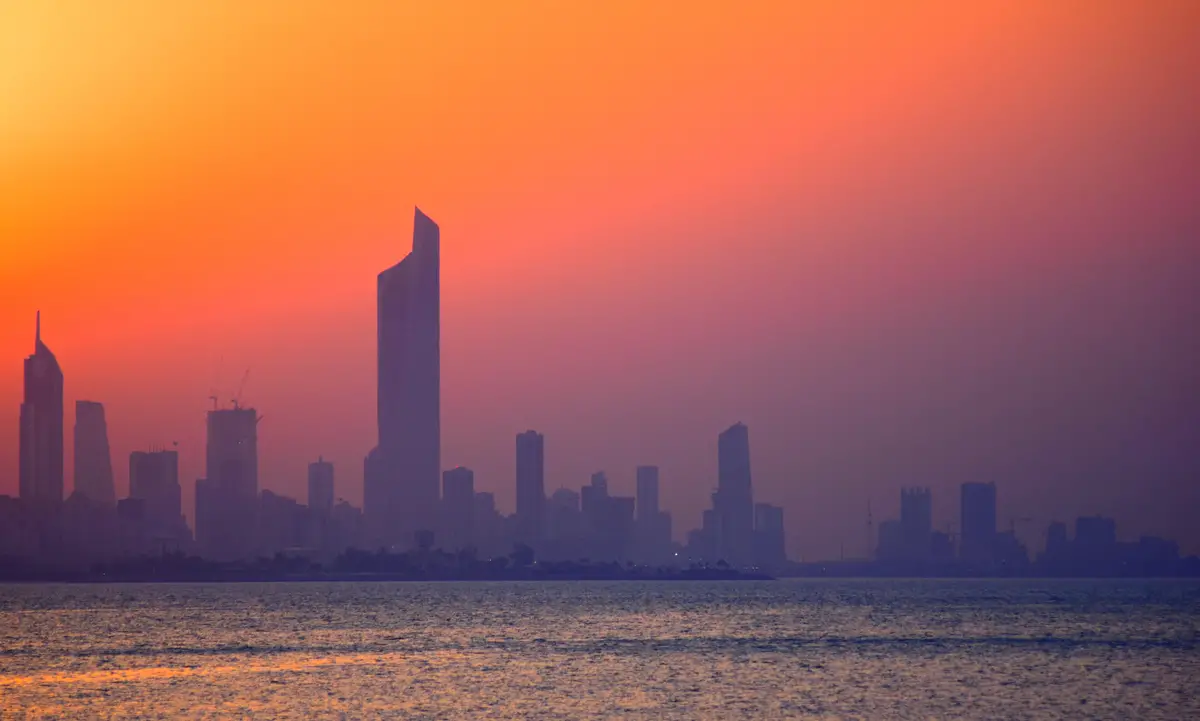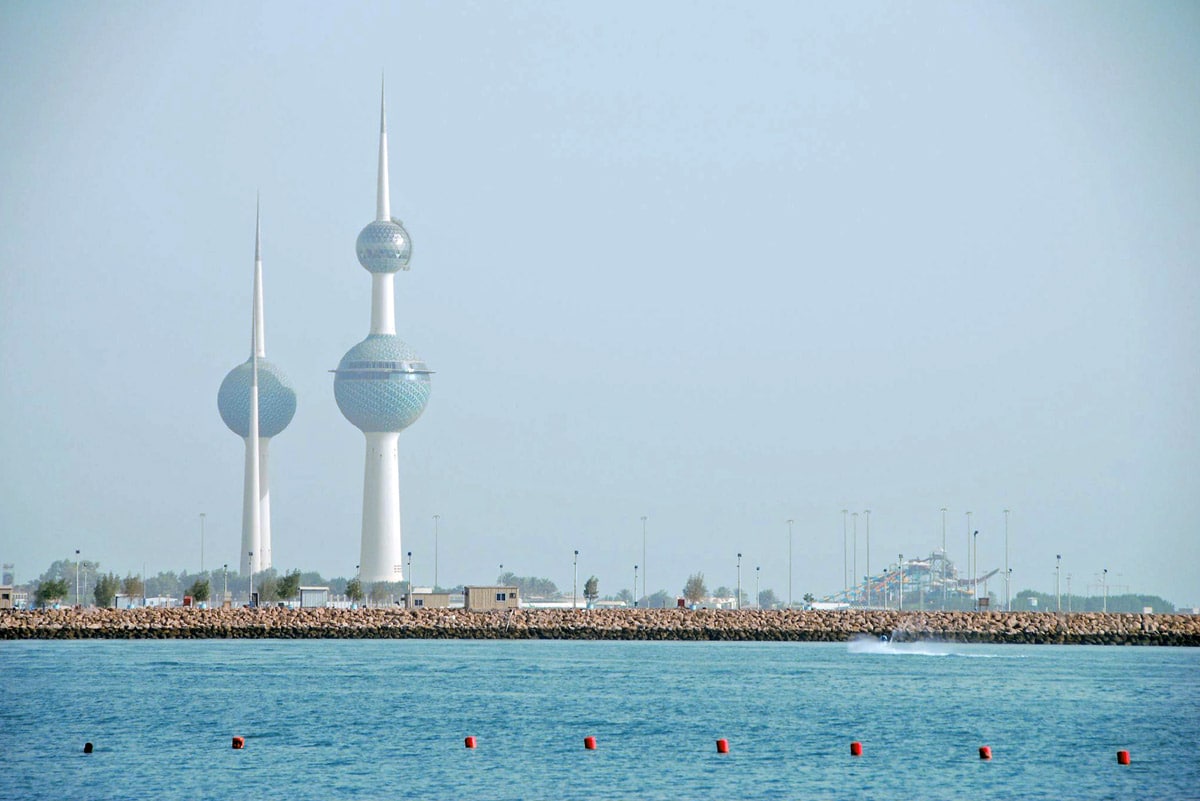Wondermondo 🢖 World 🢖 Wonders of Asia 🢖 Wonders of Kuwait
Territory
Wonders of Kuwait

 Highlights
Highlights
This small desert country has not too many landmarks. Some of the few interesting wonders are showpieces of modern architecture in Kuwait City and the archaeological heritage of Failaka Island.
Map with the described wonders
Please add some markers to your posts before using this shortcode.
 Top 10 wonders of Kuwait
Top 10 wonders of Kuwait
Archaeological wonders
Tell Sae’ed fortress (Tell Sa’id)
Al Asimah
This Greek fortress was built in the 3rd century BC on the site of an earlier Bronze Age settlement. Each side of this fortress is some 60 m long and on the corners were towers. Inside the fortress were two temples.
Tell Sa’ad
Al Asimah
This hill next to Tell Sae’ed at the sea hides remnants of Bronze Age settlement – small houses built from mud and rock and covered with bitumen and red paint. Some of the most significant buildings are Al Hakim Palace and Tower Temple.
Tower Temple
Al Asimah
Remnants of Bronze Age temple east of Al Hakim Palace – a rectangular building with a plastered floor.
Al-Qusur
Al Asimah
Remnants of a large Christian settlement and monastery from the 7th – 9th centuries AD. Remnants of more than 100 buildings – residential houses, churches, and also an oval building of unknown purpose.
Al-Khidr, Failaka
Al Asimah
Remnants of a port of Dilmun culture. Archaeological excavations in 2004 gave rich finds, including more than 600 stamp seals.
Al Hakim Palace
Al Asimah
Remnants of Bronze Age palace at Tell Sae’ed – a large building with rooms that had pillars. It was constructed around 2000 BC. Here are remnants of a temple of Dilmun culture.
Al Khan (Dar Al Deyafa)
Al Asimah
Between Tell Sae’ed and Tell Sa’ad are remnants of an inn – a hotel that was built in Greek times. This building had 12 rooms and most likely served as a hotel and site for the relaxation of captains and sailors.
Architecture wonders
Al Hamra Tower
Al Asimah
Tallest sculpted tower in the world – 412.6 m tall skyscraper with unique architecture. Tower has 80 floors.
Kuwait Towers
Al Asimah
Group of three towers that were constructed in 1977 with the main purpose to serve as water towers. The tallest tower is 187 m tall and has two spheres (water reservoir, restaurant, and cafe), the second is 147 m tall and has one sphere (water reservoir) but the third, 100 m tall sphere was built to supplement the ensemble and to provide lighting.

Kuwait Red Fort
Al Jahra
Historical fort, built in the traditional style from bricks that were made by mixing mud and shrubs. Fort has a rectangular form, with towers in corners. Site of the important Battle of Jahra in 1920.
 Recommended books
Recommended books
An Expat’s Guide to Living and Working in Kuwait
An essential handbook for anyone thinking about moving to Kuwait or for the thousands of expats who already call Kuwait home. Chapters include a brief history of the country, as well as restaurant and shopping guides, and ideas of things to do with children in Kuwait.
Islamic Art & Patronage: Treasures from Kuwait
Besides oil, Kuwait has another treasure: a world-class collection of Islamic art assembled by members of the country’s ruling family. This lavishly illustrated catalog of an exhibition touring the U.S. showcases a dazzling array of objects, including colorful Iranian “splash ware” pottery, Egyptian rock-crystal bottles, Indian Mughal crystal bowls inlaid with gems, and a 17th-century concentric view of Venice by a Turkish artist. Prayer rugs, star-shaped tiles, gilded leather book bindings, brass astrolabes, carved ivory boxes, illuminated manuscripts, jewelry, and textiles attest to the artistic refinement that marked Islamic life between the sixth and 18th centuries. Led by Atil, an art historian at the Smithsonian, a team of scholars contributes essays that argue tendentiously that patronage increases cross-fertilization among the arts and fosters regard for art as a useful social and economic activity.


